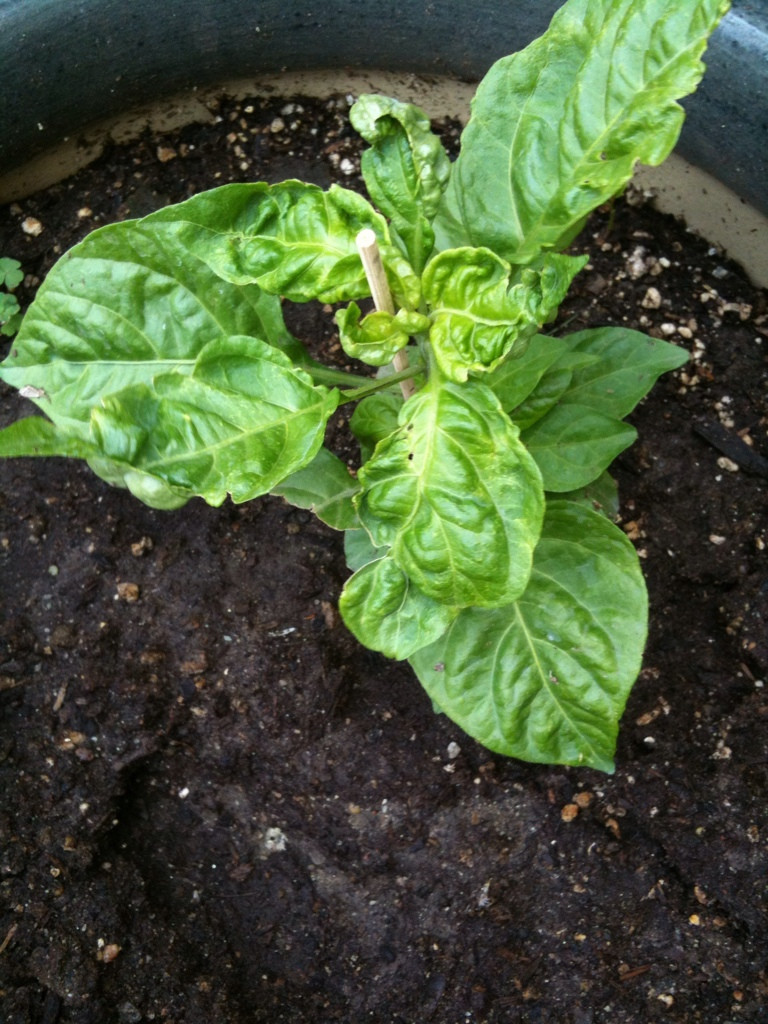Hello 
Some of the new growth leaves on my 6 superhots are curling/cupping.
I recently (I think) successfully recovered from poor hardening off on my part. Temps have recently >swiftly< become much warmer. So perhaps my problem is related to lack of hardening off or weather shift. They get full sun and are in 5 gallon buckets with good drainage and good draining soil. I have kept them consistently moist however. I have checked for aphids, and notta.
I will try and get some photos, but in the interim I was hoping for some advice on a quick and affective application of calcium. Could I dilute some milk and 'water' with that? Use that diluted solution as a foliar spray? Dissolve a tums and use as foliar spray?
When I made the soil I don't believe I added anything which included calcium but I did mix in some epsom salt> does the magnesium interfere with calcium? Think I read that somewhere.
Anyways thanks in advance for any help!
Some of the new growth leaves on my 6 superhots are curling/cupping.
I recently (I think) successfully recovered from poor hardening off on my part. Temps have recently >swiftly< become much warmer. So perhaps my problem is related to lack of hardening off or weather shift. They get full sun and are in 5 gallon buckets with good drainage and good draining soil. I have kept them consistently moist however. I have checked for aphids, and notta.
I will try and get some photos, but in the interim I was hoping for some advice on a quick and affective application of calcium. Could I dilute some milk and 'water' with that? Use that diluted solution as a foliar spray? Dissolve a tums and use as foliar spray?
When I made the soil I don't believe I added anything which included calcium but I did mix in some epsom salt> does the magnesium interfere with calcium? Think I read that somewhere.
Anyways thanks in advance for any help!



